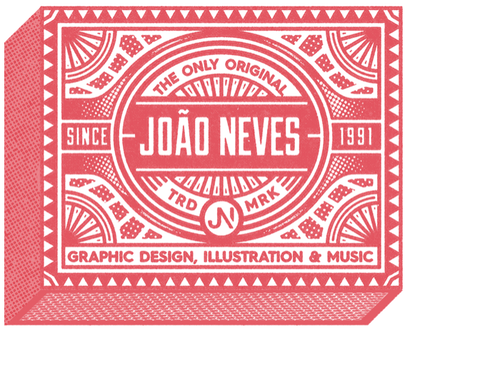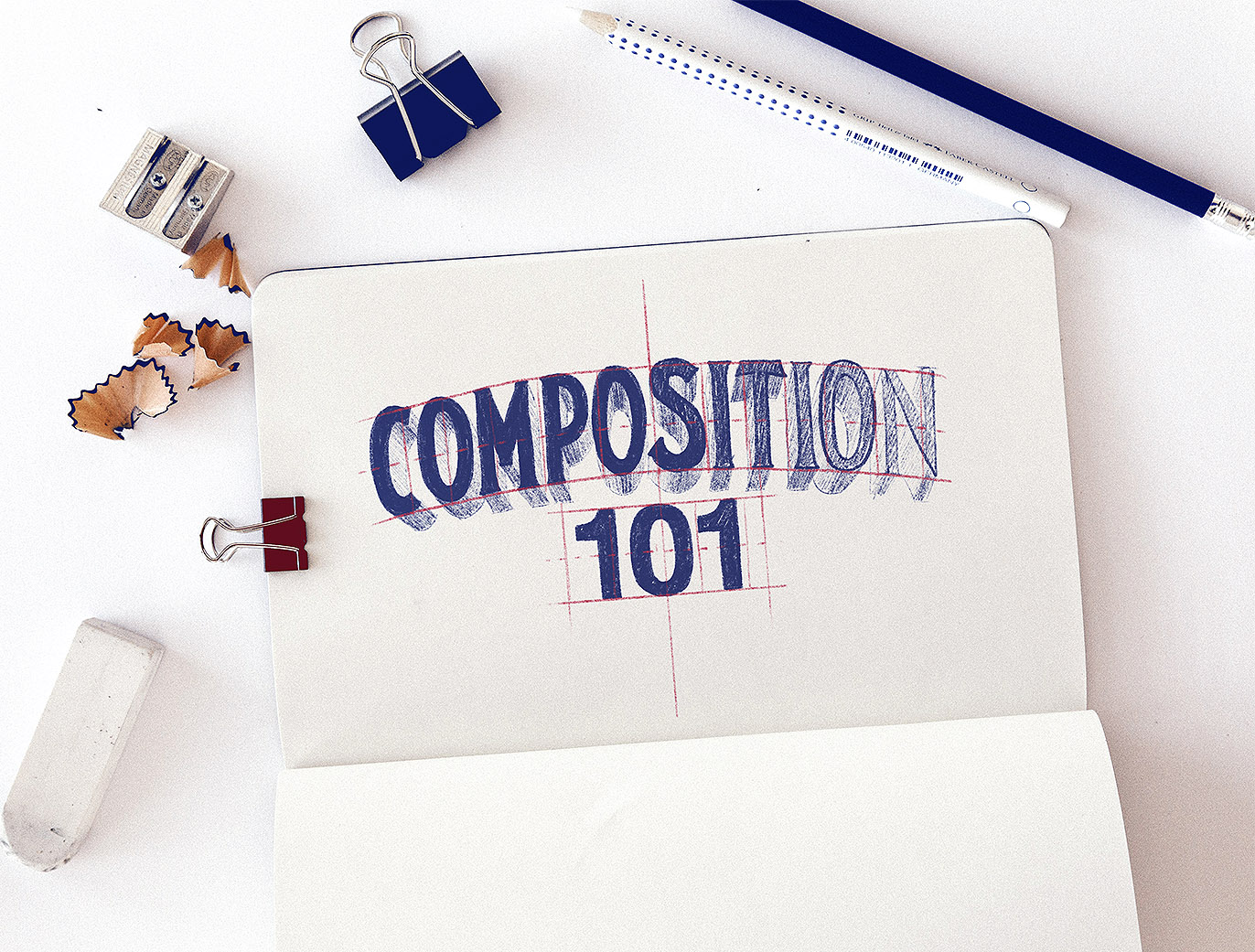Whether if you’re just starting out your adventure in the lettering world or if you’re a seasoned expert, composition can always be an intimidating topic. Even though general people might not understand the importance of a good layout, it’s our job to make it work so well that it becomes unnoticeable.
Through the years I learned some techniques and tips that I think could be helpful for anyone who creates anything lettering related.
Selecting your quote
The first step is to obviously pick a quote. Usually the more words you have the more complicated it could be to find a good composition, but sometimes only a few words can also give you trouble. Once you have a quote you like it’s important to understand the flow so you know how you should split it. For example take the quote “Dance to the music”. The main words are “dance” and “music” so they should be the focus of the composition while “to the” can be smaller but still legible. This is why scale is so important. A good way to do this is to write it down on a piece of paper which will help you understand how each word moves to the next one. You can also cut small pieces of paper or use post-its for each word and then move things around.
Shapes are your best friends
Now that you divided your quote in parts you can start having fun with the composition. For this step I would 100% recommend focusing on shapes rather than style. This is the most fun part because there’s an infinite number of possibilities you can have so it’s the time to let your imagination flow and have fun with just drawing.
Below are some of the possible shapes you can insert your words on. Some shapes will work better together than others so now is when you should spend some time figuring out what’s the best combination for your quote. You can draw your words inside the shapes but again - focus just on if they fit the shape and the composition and not on the style. You can do this with just pen and paper or use any digital software which will make things easier to move around and experiment. I also recommend Ian Barnard’s and Stefan Kunz’s Grid Builder which already has a bunch of these made.
The number one priority for everything you create should be legibility. There’s no point on having a really cool and stylish lettering piece if people cannot read it properly. I’m also guilty of obsessing too much with style that sometimes the final result ends up not being clear. Hierarchy is also extremely important for any design piece. Remember that the latin alphabet reads from left to right so our eyes tend to follow that direction. The main words of your quote should be the focus of the piece but keep in mind that that shouldn’t get in the way of establishing a good flow.
You also need to figure out the ratio of your piece. Is it going to be landscape, portrait or a square? Sometimes you’ll understand what’s the best option while working on it but you can also be restricted with a brief or a specific format so you’ll have to adapt the composition to that. If you’re creating mainly for Instagram, vertical images (4:5) tend to work better because they’ll use more screen space.
Extra tricks & tips
There are a few tricks to make your composition interesting. You can use curves, slant the type and think about symmetry. Making things symmetric is always a good way to even your composition because it will always make it look balanced. This symmetry could be horizontal, vertical or even both! Another thing that often is overlooked is white space. White space is not empty space and it is extremely helpful to establish hierarchy and to even out things. I like to rotate my artwork and blur my eyes to see if the weight of the artwork is correctly distributed (inverting the colors of the image is also good if you’re working digitally). If you feel that there are some blank spaces that need to be filled out you can try to use ligatures from the words or even to add extra elements such as lines or small illustrations that relate to your quote. You can also use ribbons or shapes to put your words in. That will not only help you create a more interesting composition but they’re also a great way to give some weight.
What to remember
So, the main concepts for you to remember are: legibility, hierarchy, scale and balance. These are the four main foundations I keep in mind when designing but it’s important to remember that sometimes rules are meant to be broken. A great tip is to ask a someone else’s opinion on how they read your quote. We can get so caught up on our work that we assume that everyone is going to interpret it in the same way as us, which is not always the case.



